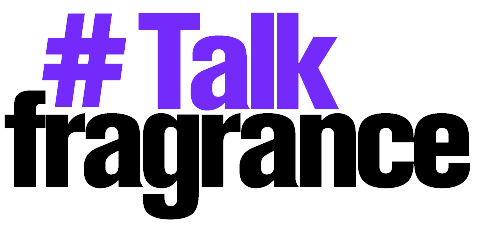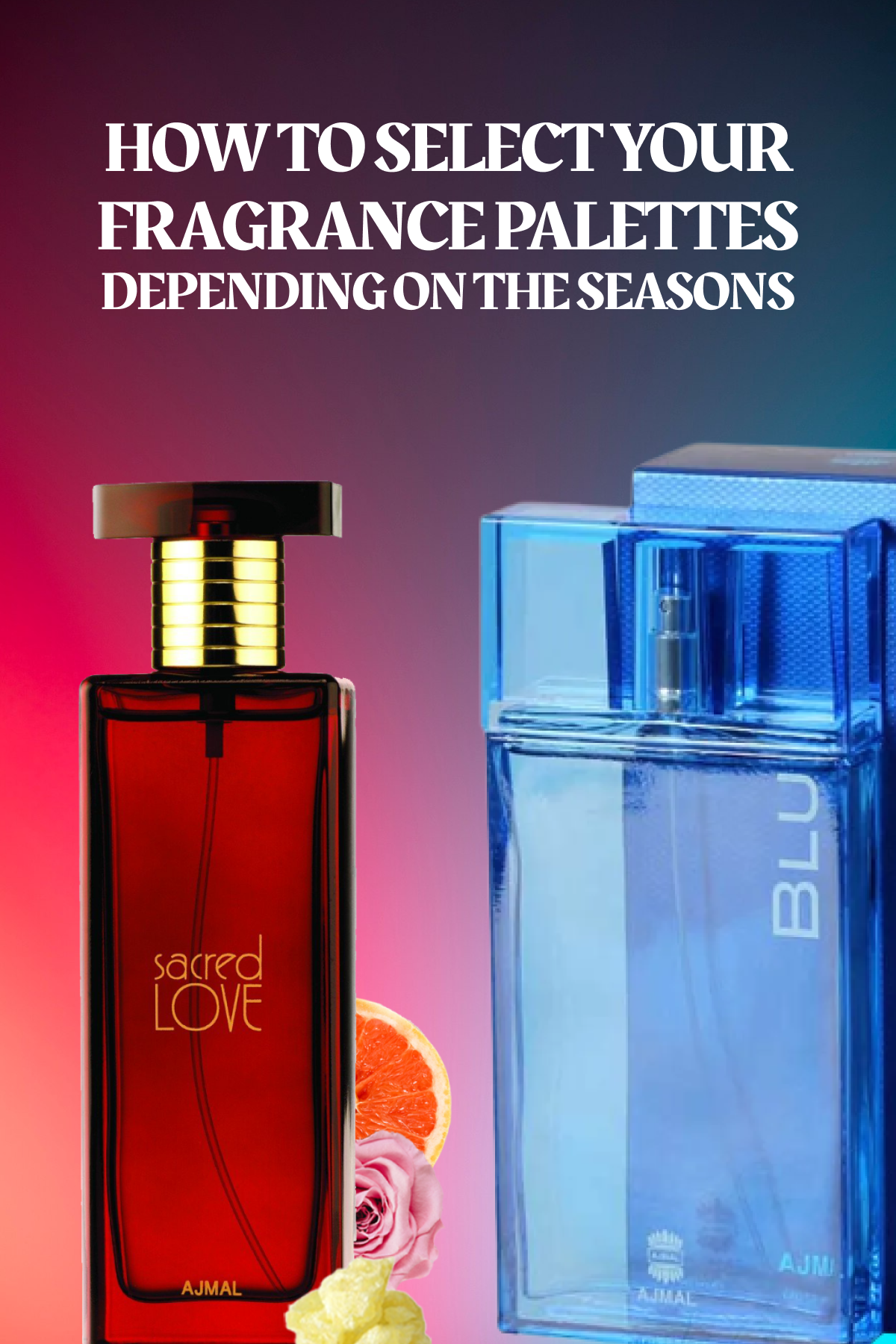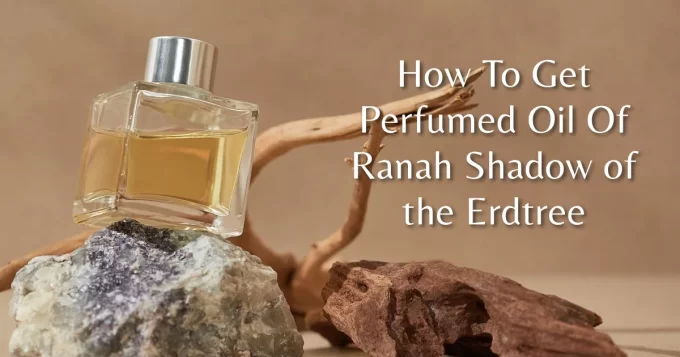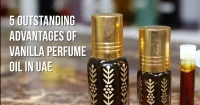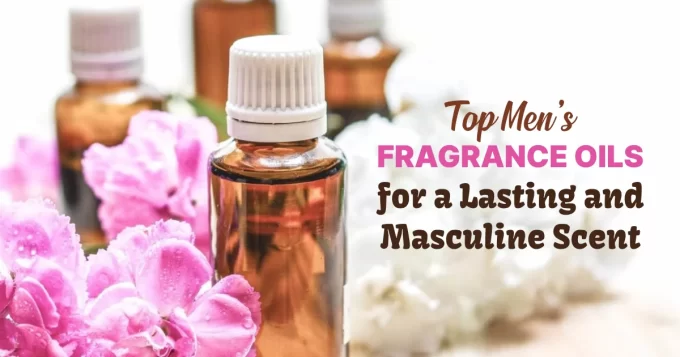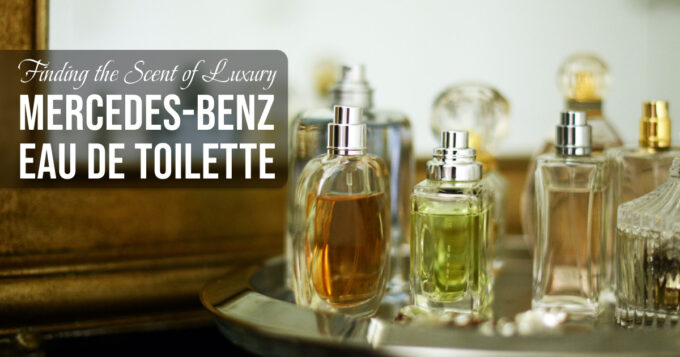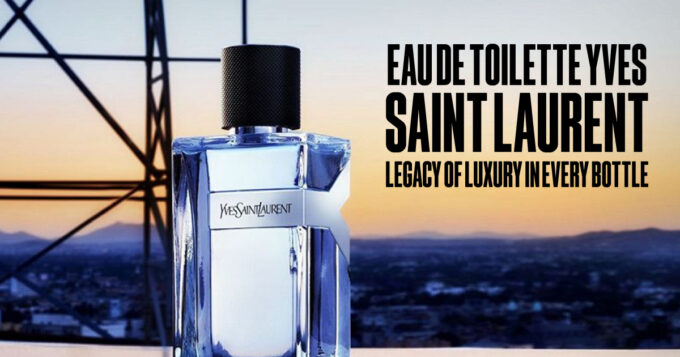How to Select Your Fragrance Palettes Depending on the Seasons
Selecting the ideal perfume is similar to picking out a wardrobe; changing seasons need different looks, and your scent should reflect those differences. The way a scent interacts with the environment and your skin changes with the weather. Here’s detailed advice on choosing the right perfume for every season to guarantee that you always smell well and appropriately.
Comprehending Seasonal Aromas
Aromas have the power to arouse various emotions and recollections while enhancing the atmosphere of the season. Below is a summary of the traits that are generally connected to each season:
1. Spring:
Rejuvenation and freshness are hallmarks of spring. Fresh greenery and blossoming flowers signal the awakening of nature, which makes light, airy scents more alluring. This season’s key ingredients include fresh citrus, green notes, and flowers.
2. Summer:
Summertime demands aromas that are bold, refreshing, and frequently tropical but yet resilient to the heat and humidity. Fragrances with citrus, aquatic, and fruity notes are ideal; they provide a light, energizing touch.
3. Autumn:
Warm and cozy smells become more prominent as the weather cools. Fragrances with woodsy, gourmand, and spicy notes bring back the coziness of fall.
4. Winter:
Rich, deep, and potent scents are typical of winter scents. Warm, spicy, and oriental fragrances come to mind as they can ward against the chill and convey a feeling of coziness and elegance.
Selecting Aromas for Every Season
Spring: Airy and Light
Perfumes for springtime should have a lightness to them, balancing the season’s invigorating vitality.
Commonly Asked Questions:
Flowers: Lily of the Valley, Peony, Jasmine, Rose, and Green Tea; Green Notes: Mint, Grass, and Green Tea
Citrus: Orange blossom, lemon, and bergamot
Suggested Fragrances
Chanel Chance Eau Tendre: A light and romantic combination of citrus, quince, and jasmine.
Dior J’adore: A jasmine, Damascus rose, and ylang-ylang-infused floral explosion.
Marc Jacobs Daisy: A fruity and naive fragrance including jasmine, wild strawberries, and violet leaves.
Summer: Vibrant and Crisp
Refreshing scents that can tolerate rising temperatures without becoming overpowering are ideal for summertime fragrances.
Commonly Asked Questions:
Marine and aquatic: Sea Breeze
Citrus: Grapefruit, Lemon, and Lime
Fruity: coconut, pineapple, and mango
The following fragrances are suggested:
Dolce & Gabbana Light Blue: An energizing combination of Sicilian lemon, apple, and cedarwood.
Tom Ford Soleil Blanc: An opulent, sun-drenched scent including amber, ylang-ylang, and coconut.
Estée Lauder Bronze Goddess: A vanilla, sandalwood, and coconut milk scent that transports you to a tropical paradise.
Fall: Chilled and Herbal
Fall scents need to convey the rich, spicy, and coziness of the season—along with memories of falling leaves and crisp air.
Commonly Asked Questions:
Spices: Nutmeg, cloves, and cinnamon
Forest: Sandalwood, Vetiver, and Cedar
Gourmand: Honey, Caramel, and Vanilla
Yves Saint Laurent Black Opium is a sensuous blend of coffee, vanilla, and white flowers. It is one of the recommended fragrances.
Jo Malone Pomegranate Noir: A deep and spicy combination of patchouli, pink pepper, and pomegranates.
Burberry Brit for Her : An amber, vanilla, and almond blend that is pleasant.
Winter: Rich and Complex
Bold, opulent, and capable of withstanding the cold, winter scents should exude sophistication and warmth.
Commonly Asked Questions:
– Orientals: Myrrh, Incense, and Amber
– Balsamics: benzoin, vanilla
– Rich Woods: Sandalwood, Oud, and Patchouli
Suggested Fragrances:
Tom Ford Black Orchid:A sumptuous and deep combination of patchouli, ylang-ylang, and black truffle.
Guerlain Shalimar: A traditional oriental scent including iris, vanilla, and bergamot notes.
The address of Maison Francis Kurkdjian Baccarat Rouge 540: a sophisticated and opulent fragrance containing cedarwood, ambergris, and saffron.
Useful Advice for Choosing Seasonal Fragrances
Recognize Your Body’s Chemistry:
Everybody’s skin reacts differently to perfumes. Something that smells amazing on one person may not be suitable for you. Before choosing a fragrance, test it on your skin and allow it to develop.
2. Examine the Level of Intensity:
Richer and more concentrated Eau de Parfum (EDP) or pure parfum can offer better longevity and presence in the winter months, whereas lighter and less concentrated perfumes like Eau de Toilette (EDT) or Eau de Cologne are preferred in warmer weather.
3. Modify Application:
Perfumes tend to project more intensely in the heat, so you might need fewer sprays. You may need a little more in the cold to make sure the aroma sticks.
4. Concerning Storage:
To preserve the purity of your perfumes, store them carefully. Store them away from heat sources and direct sunlight in a cold, dark place.
5. Sample Sizes:
Take into account buying travel-sized or sample-sized fragrances. This lets you try out several smells without having to buy an entire bottle.
6. Change of Seasons:
Gradually alter your perfumes with the seasons. Late spring can bring in some warmer notes in anticipation of summer, while early October can still have some of the lightness from summer smells.
Final Thoughts
Selecting the appropriate perfume palette for each season improves your mood and overall style in addition to your signature aroma. You may create a collection of scents that are ideal for every time of year by knowing the traits of seasonal perfumes and how they affect your skin and surroundings.
With a vibrant and adaptable scent collection, you can embrace the shifting of the seasons and be sure that you will always smell well and appropriately, come rain or shine.
